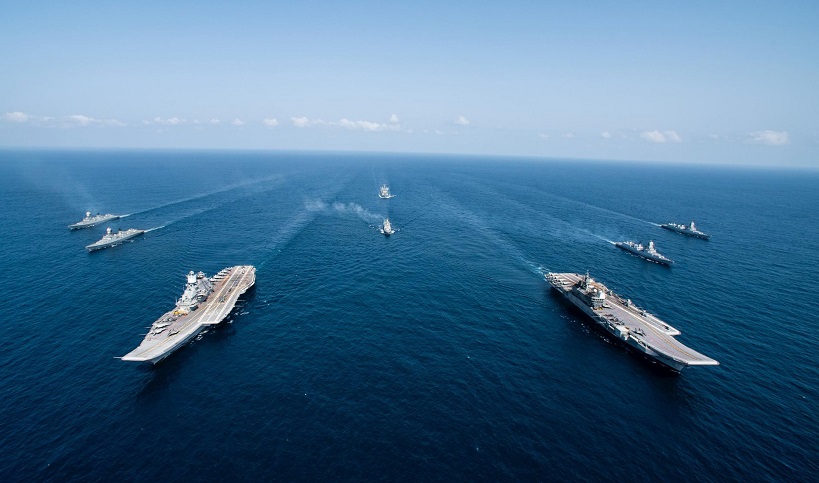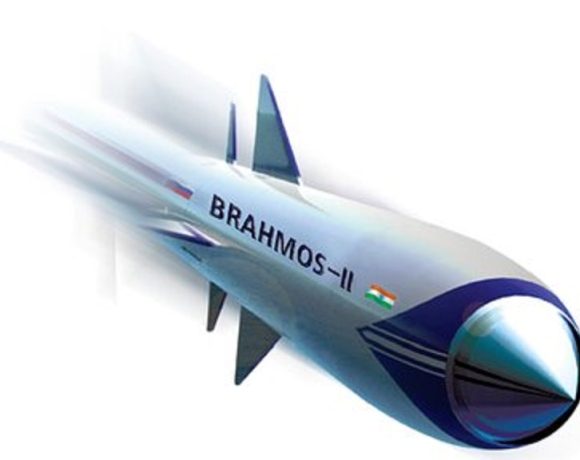
Indian Navy Tests Indigenous Mine Amid Maritime Tensions
The Indian Navy has successfully tested the Multi-Influence Ground Mine (MIGM), an indigenously developed underwater weapon system designed to bolster India’s seabed warfare capabilities. Developed in partnership with the Defence Research and Development Organisation (DRDO), the combat firing was conducted in operational conditions, marking a significant milestone in India’s maritime defense modernization.
The MIGM is equipped with advanced sensors including magnetic, acoustic, and pressure triggers, enabling it to detect and destroy enemy submarines and stealth ships. The weapon has been developed through a collaboration between the Naval Science and Technological Laboratory (NSTL), the High Energy Materials Research Laboratory (HEMRL), and the Terminal Ballistics Research Laboratory (TBRL).
This success adds a potent tool to India’s arsenal in securing its vast maritime boundaries and critical seabed infrastructure.
Strategic Importance Amid Growing Regional Tensions
The timing of this test is significant. With tensions escalating across maritime borders and increased Chinese activity in the Indian Ocean Region, India’s advancement in seabed warfare technology sends a strong signal of deterrence. The capability to mine strategic sea zones, especially chokepoints, serves as a credible tool to deny access to hostile vessels.
Defence Minister Rajnath Singh praised the achievement, stating that the MIGM test demonstrates India’s growing self-reliance in defence technologies. “This milestone strengthens India’s ability to protect its maritime interests and supports our Atmanirbhar Bharat vision in defence production,” he said.
Naval experts view the MIGM as part of a broader strategy to dominate undersea zones, especially in the context of deep-sea mining ambitions and submarine-based surveillance.
Indigenous Innovation Driving Maritime Capability
The MIGM represents a new era of Indian naval preparedness, driven by domestic innovation. Its development reinforces the capability to secure seabed zones rich in polymetallic nodules and other critical resources—an area where India has been making strides under the Deep Ocean Mission.
The success also reflects the efficiency of inter-laboratory coordination across DRDO units. The Indian Navy has emphasized that this mine is not just defensive in nature but can also be used in a strategic offensive posture to preempt threats.
Going forward, more such systems are expected to be developed for varied depths and conditions, integrating with India’s underwater drones and sensor arrays. The move aligns with the broader goal of establishing undersea dominance in the Indo-Pacific theatre.
With this success, India joins a select group of nations with the capability to deploy sophisticated influence mines—solidifying its standing as a key maritime power in the 21st century.


















